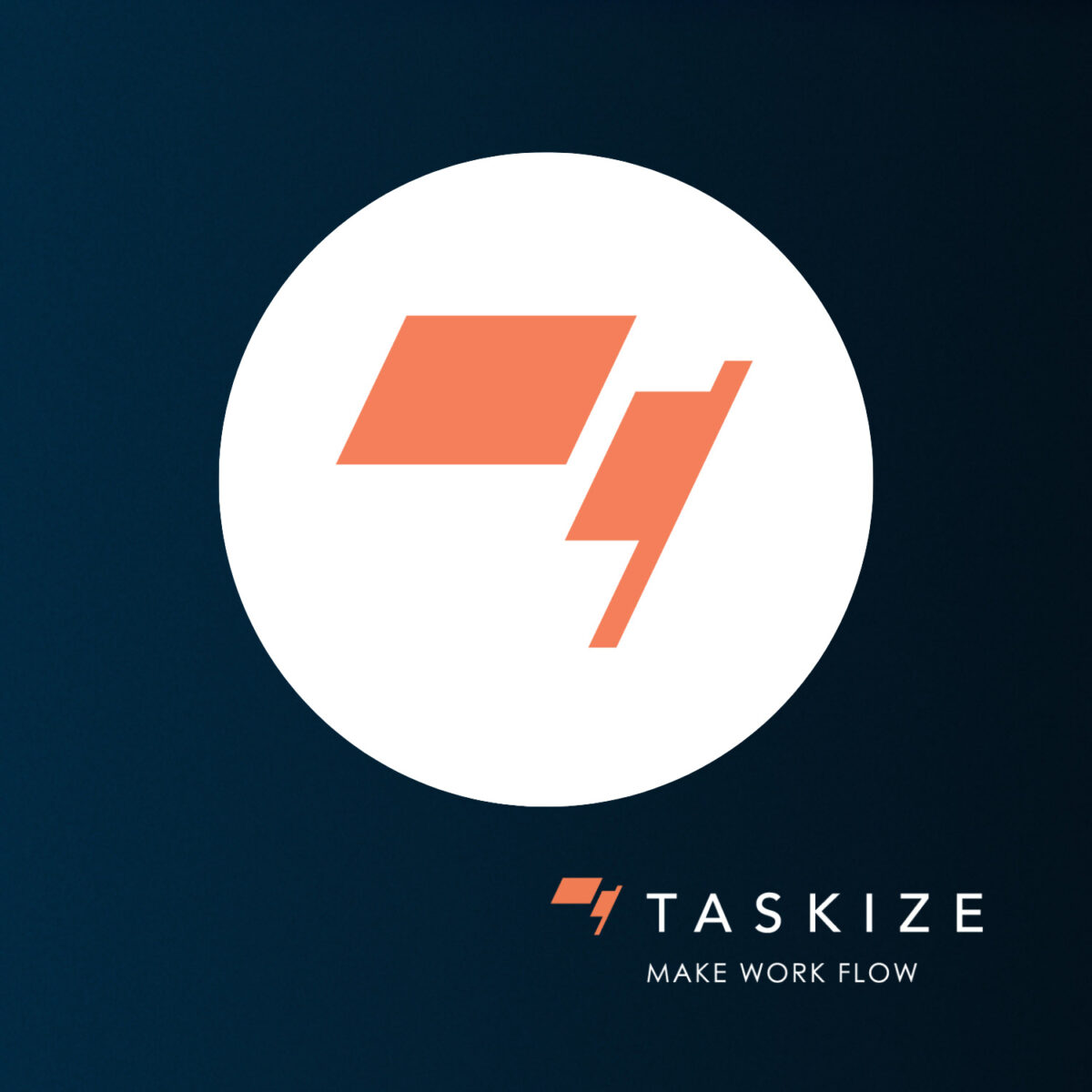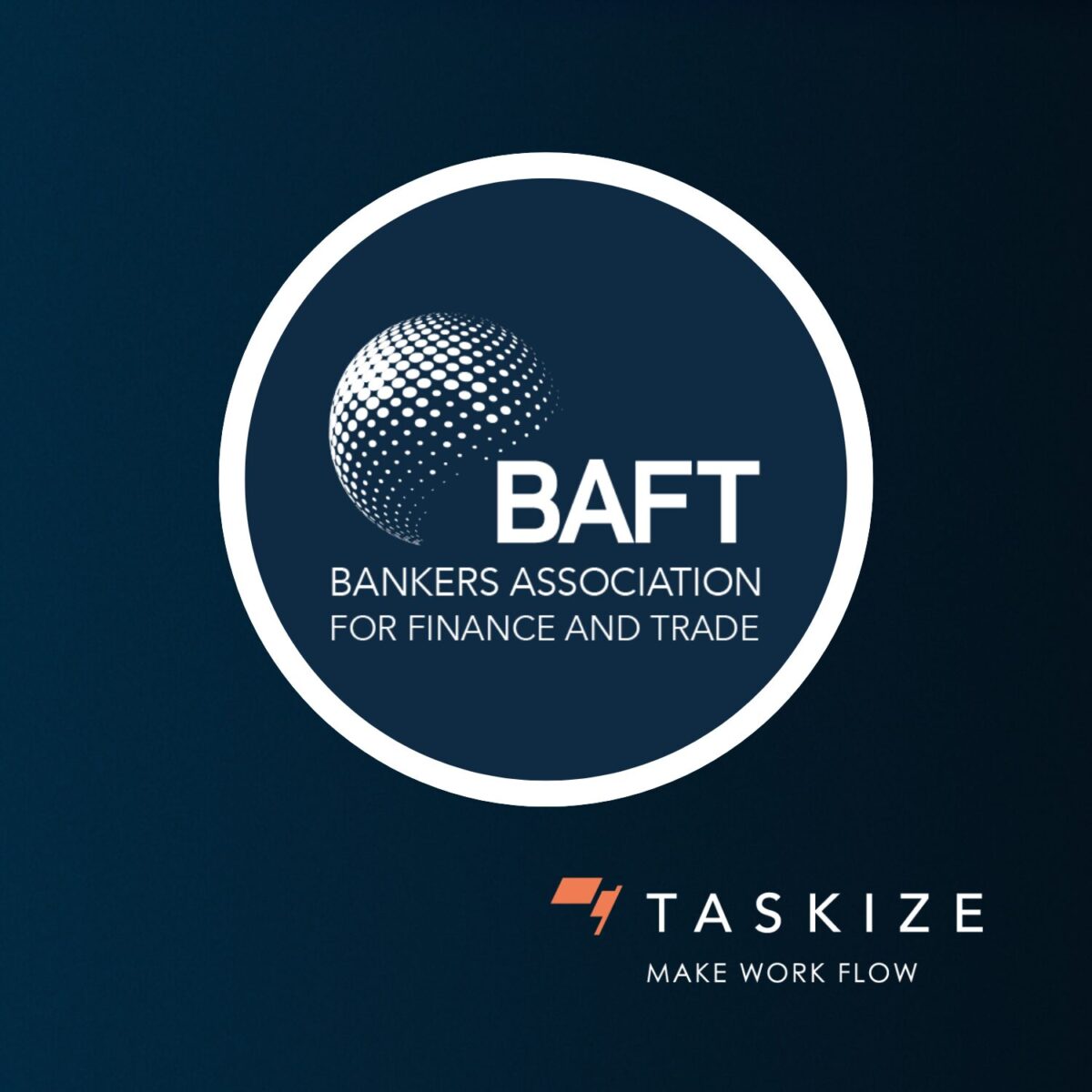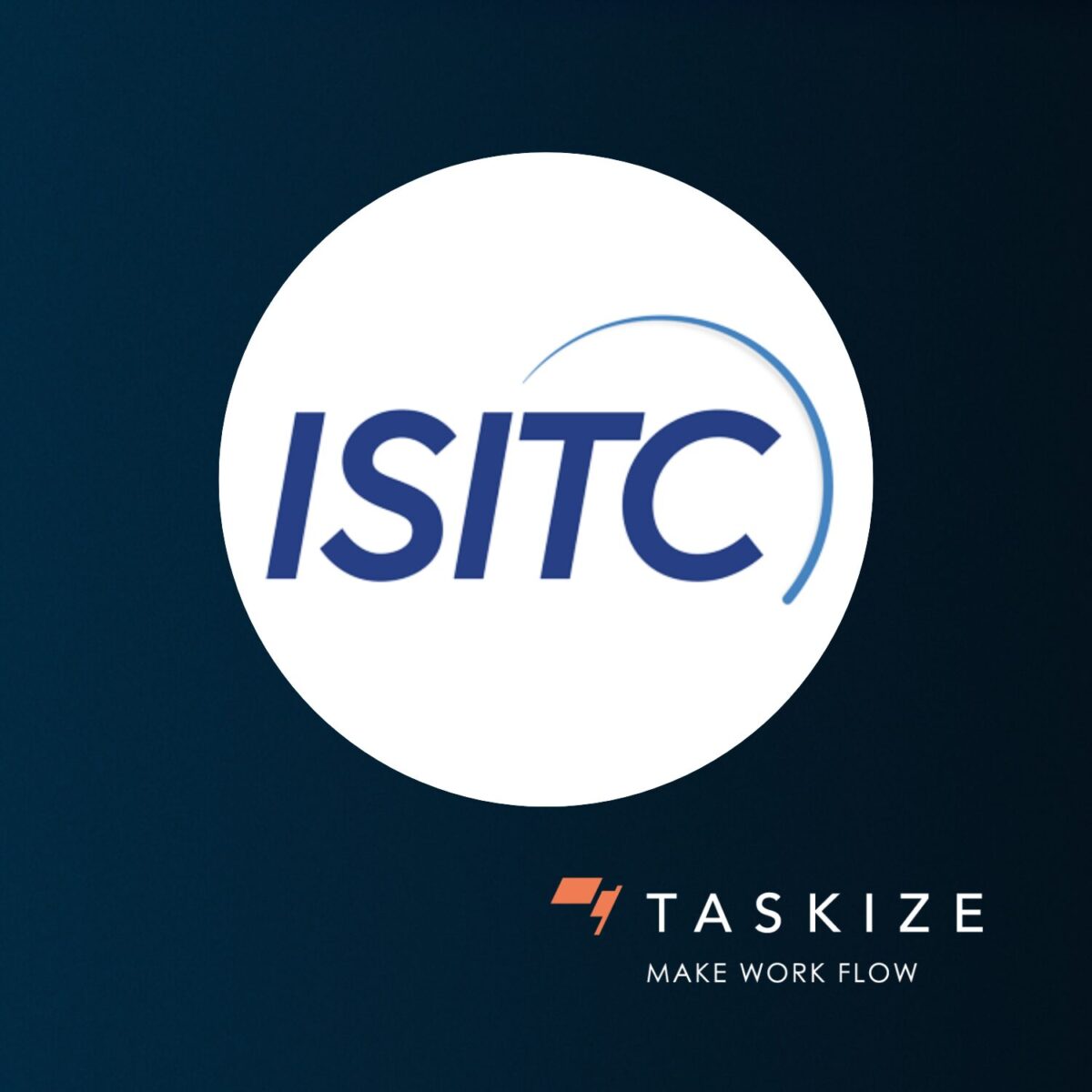Press releases
Philip Slavin, co-founder and CEO of Taskize explains the mayhem that the UMR phase 6 could create without steps to drastically improve dispute resolution.
To quote a former Prime Minister, the final phase of the Uncleared Margin Rules (UMR) is “not the end, it is not even the beginning of the end, but it is, perhaps, the end of the beginning.” The sixth and final phase of UMR has been well telegraphed and firms falling within scope are frantically making final preparation to be compliant. One curve ball is that with an average aggregate notional amount (AANA) threshold of $8 billion, unforeseen market events taking place after the regulatory go-live such as recent volatility could result in additional firms coming into scope a month or a year from now meaning the true operational impact of the rules is still very much to come.
While the major investment banks, pulled into the earlier phases, may well be highly sophisticated and experienced at calculating, exchanging initial and variation margin, and resolving margin disputes, the reality is that they now face the daunting prospect of dealing with numerous investment managers who are not, due to different priorities and fewer resources to allocate to operations.
According to the ICSD, Euroclear, “phase 6 covers 775 entities, and an additional 5,400 counterparty relationships.” As initial margin calls rise, these largely inexperienced firms have a potential operational mountain to climb which are likely to spill over to their bank counterparties. All this as central banks continue to increase rates to contain inflation – which drives up the cost of funding further as outlined in this report by AcadiaSoft. This makes it even more important for firms in-scope for UMR to have a detailed understanding of their positions.
Take the much-debated issue of disputing margin. While the vast majority of disputes can, of course, be quickly resolved by Collateral Management teams, those that can’t do so represent an increase in counterparty risk especially in a volatile market environment to firms in terms of the amount of time it can take to engage in and resolve a margin dispute
A fundamental factor behind margin disputes is the different parameters used in the margin calculation models. In many cases, investment managers will either be using a custom-risk model for margin calculation or one from an external provider if they are resource constrained, irrespective of which will likely contain differences which drive margin calculation anomalies from the model being used by their counterparty.
Even if both parties are using the industry wide SIMM model, the amounts could still be different because the underlying portfolios don’t reconcile meaning static pricing information, trades incorrectly booked or failed settlement can all impact margin calculations.
Irrespective of the root cause, the problem is the amount of time and effort it takes trying to solve these dispute – especially when using inefficient forms of communication like email or phone. Even the adoption of chatbots has not made any real impact on issue resolution times. To seek out real efficiencies, there is a need for a specific tailored workflow that is designed to help firms manage and accelerate collaboration across operations teams which leads to adoption of best practices and timely settlement of margin.
Now is not the time to default to email for margin dispute resolution, particularly given the fact that firms pulled into this final phase are already overwhelmed with email and cannot absorb additional work unless an alternative method is found. Overlaying the demand for better data loss controls and identity management, and the established go-to option of email for dispute resolution becomes even less attractive.
Those affected as of 1st of September, and those who may soon be affected depending on how their portfolios react to future market volatility, need to find a solution to resolve these disputes more efficiently. Perhaps this final phase is the trigger back-office staff have been looking for to resolve not just margin disputes, but the plethora of other post-trade operational headaches that they face on a daily basis.
Only time will tell as to whether firms will be able to comply UMR phase 6 successfully without incurring additional costs or risk. However, those that do find a way to ensure effective collaboration across global financial operations staff may experience “their finest hour.”
Click here to learn how Taskize can help your organisation to efficiently manage margin disputes.
You may also like
Events & Webinars
Insights
Resilience and innovation in banking: Key takeaways from the BAFT Forum
Read our key takeaways from the BAFT Forum
Events & Webinars
Taskize heads to ISITC Securities Operations Summit 2025
Find out how Taskize streamlines post-trade operations



